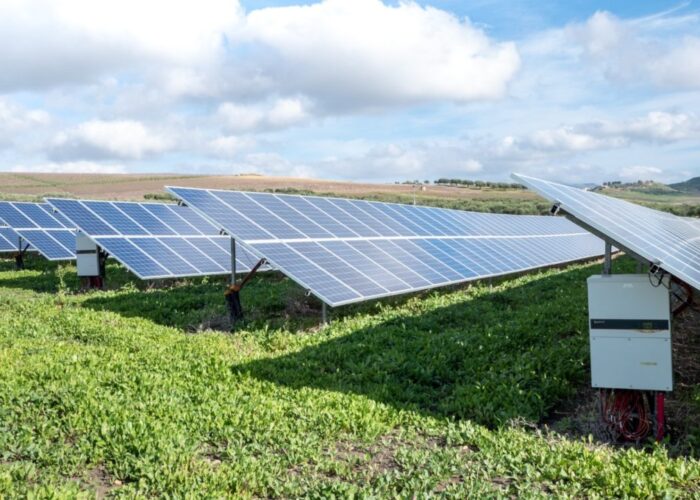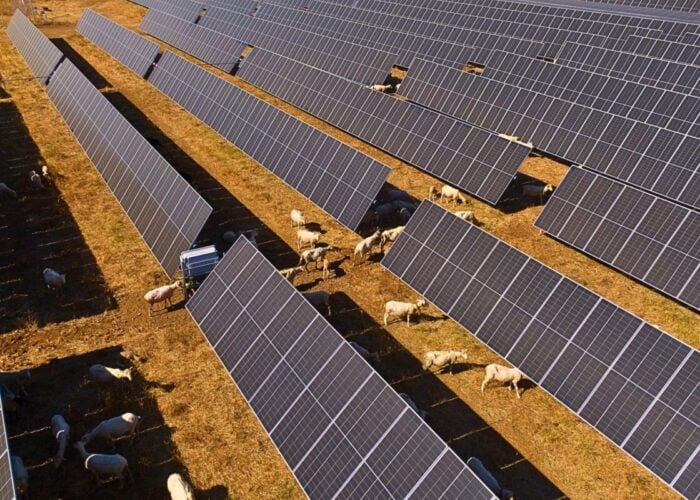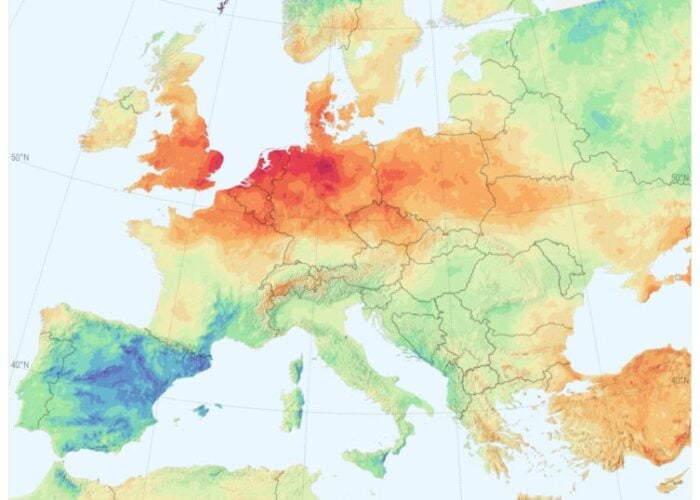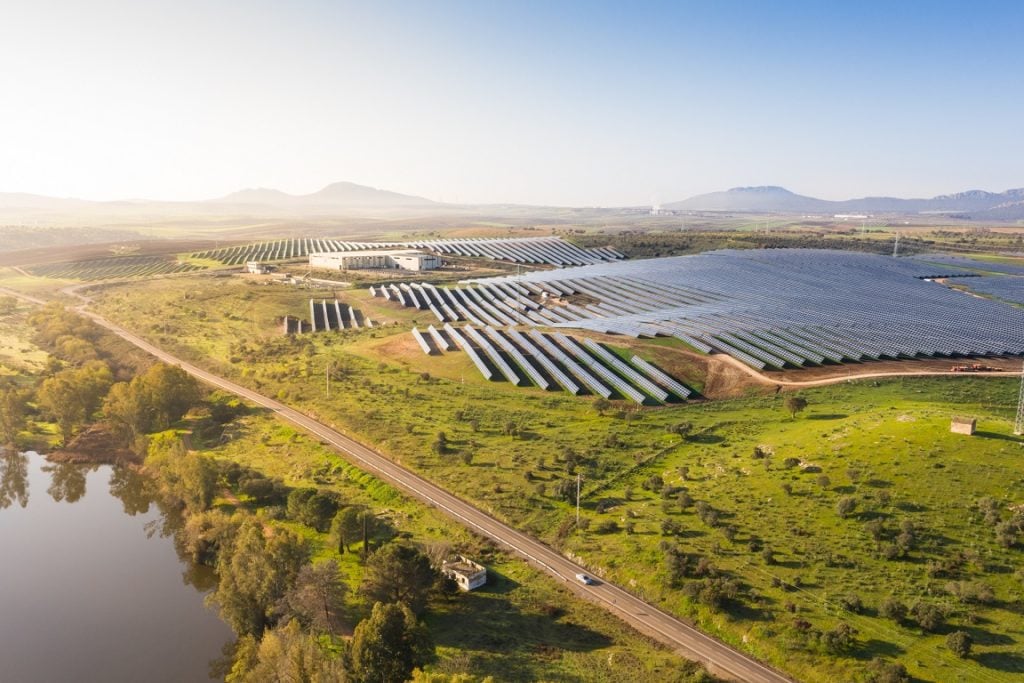
A steep decline in solar irradiance in Spain earlier this year highlights the need for an interconnected European grid and increased investments in forecasting, according to PV data firm Solargis.
Spain posted a 50% decrease in solar irradiance in March 2022 compared with long-term averages as a result of high rainfall and a Saharan dust cloud that swept across the Mediterranean, Solargis said. By comparison, Germany and the Balkans had around 45% higher levels of solar irradiance in March compared to long-term averages.
Unlock unlimited access for 12 whole months of distinctive global analysis
Photovoltaics International is now included.
- Regular insight and analysis of the industry’s biggest developments
- In-depth interviews with the industry’s leading figures
- Unlimited digital access to the PV Tech Power journal catalogue
- Unlimited digital access to the Photovoltaics International journal catalogue
- Access to more than 1,000 technical papers
- Discounts on Solar Media’s portfolio of events, in-person and virtual
These significant deviations from average values “pose a challenge to project developers and investors seeking to accurately calculate return on investment and support integration of solar into the continent’s grid”, Solargis said.
The firm noted that improved grids spanning countries will enable regional utilities to compensate for localised variability through clean energy sources rather than reverting to fossil fuels.
“By looking at Europe as an interconnected, rather than country-specific, energy grid, there is the potential to balance out the market,” said Marcel Suri, CEO at Solargis.
“The digitalisation of our grids coupled with increased interconnectivity ultimately will allow larger generators to react faster and more efficiently to regional variability of renewables.”
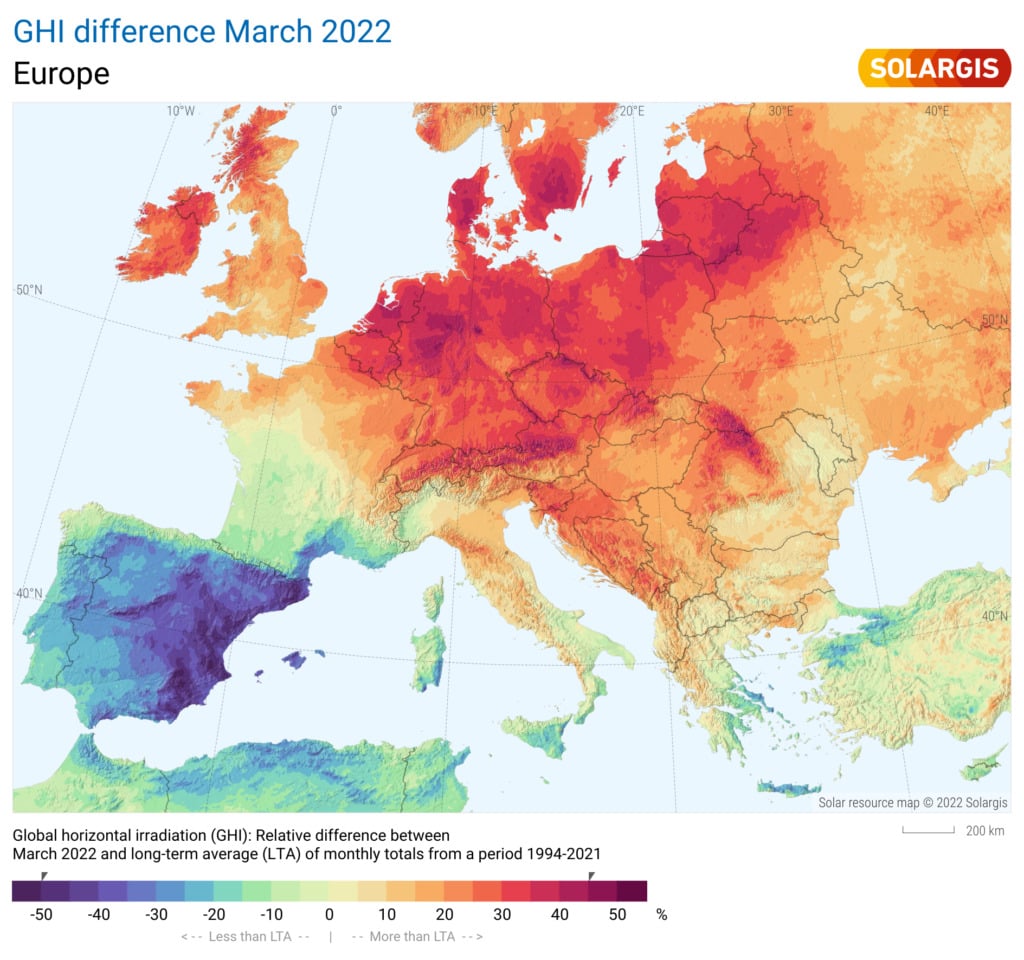
Solargis is part of a European Union-funded initiative that aims to support the high penetration of PV generation in grids with improved stability, smart communication between stakeholders and increased knowledge of PV fleet management.
Dubbed SERENDI-PV, the initiative was launched in 2021 and has a €12 million (US$12.7 million) budget. Solargis is working with others in the project to highlight the variability challenge in key markets to best support policymakers as it encourages a coordinated approach to interconnection between countries.
Suri added: “Through our initiative with SERENDI-PV, we are working towards improving short-term forecasting of aggregated PV power, energy evaluation and forecasting in the presence of snow, dust and extreme weather.”
Research published earlier this year from Solargis revealed significant deviations in average irradiance levels across North America, India and Australia.



